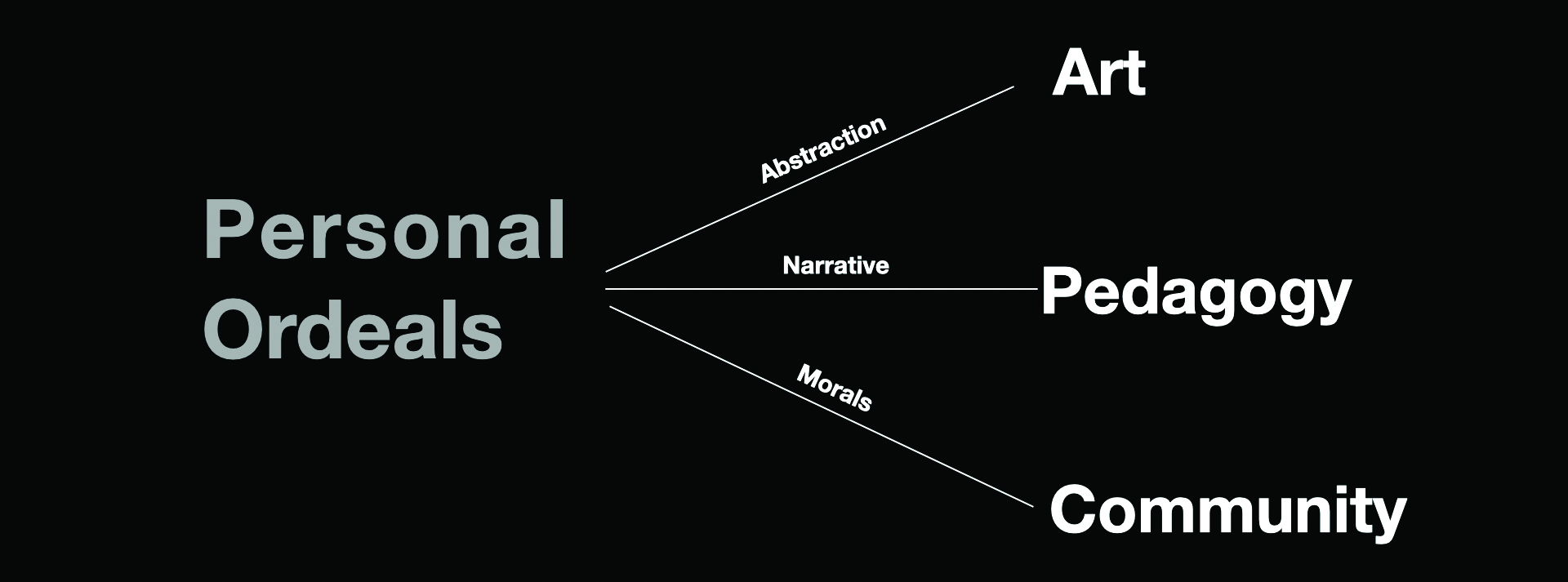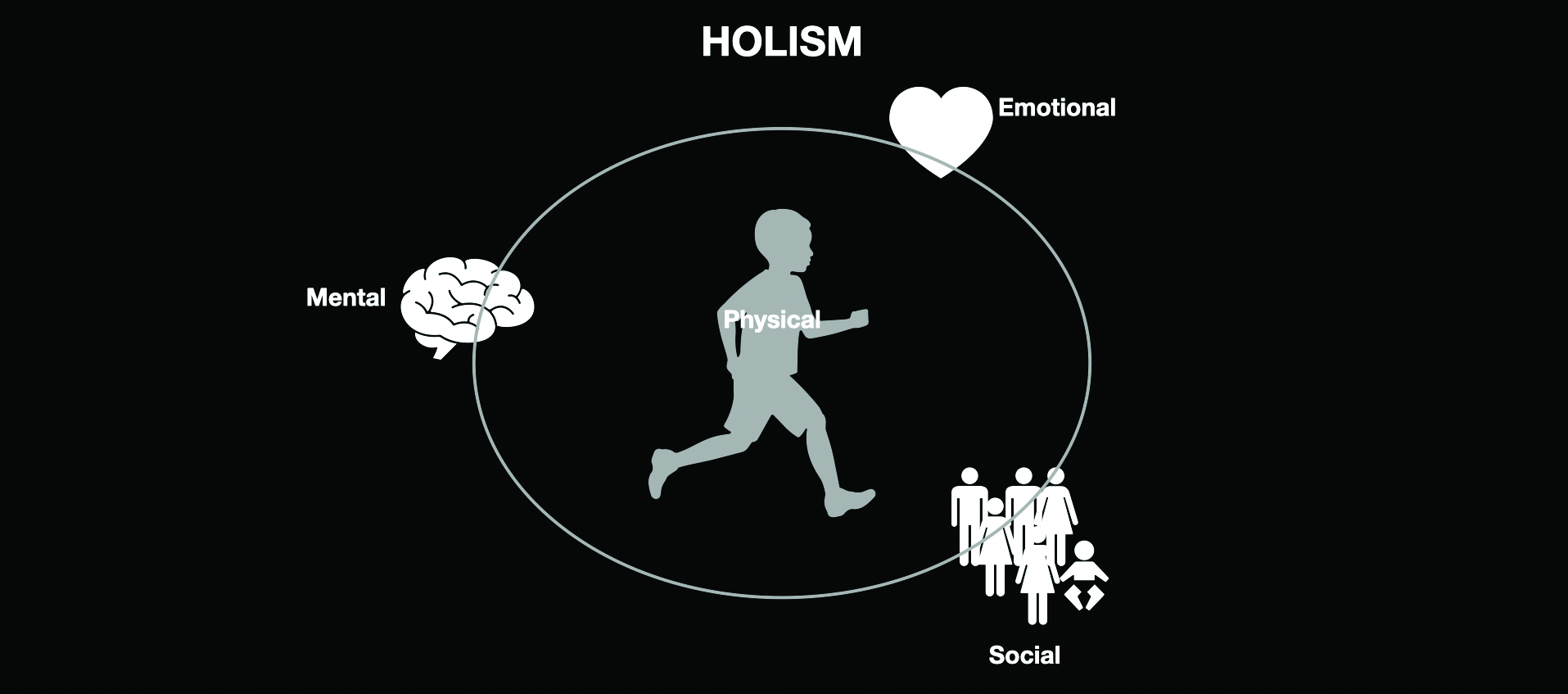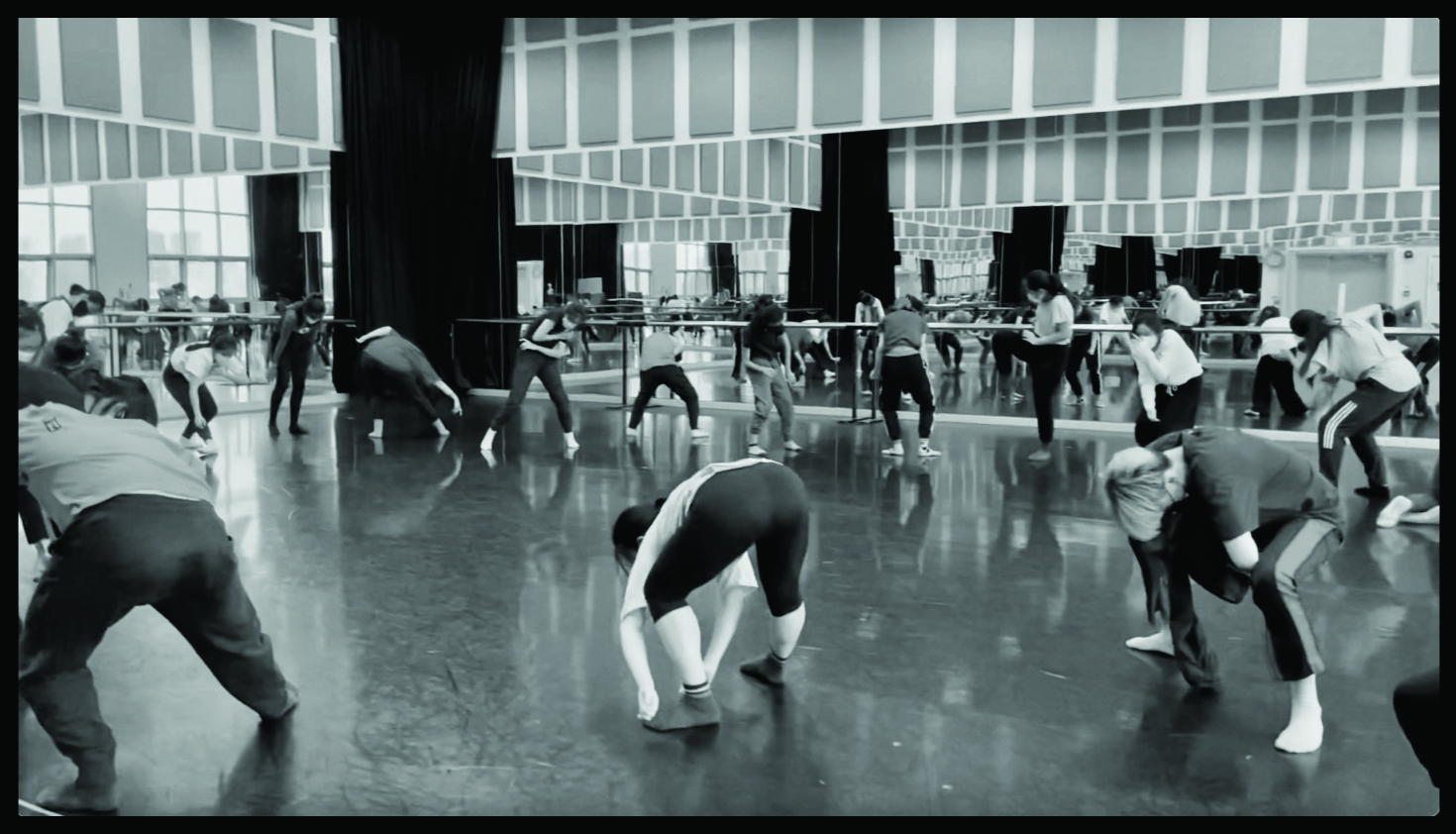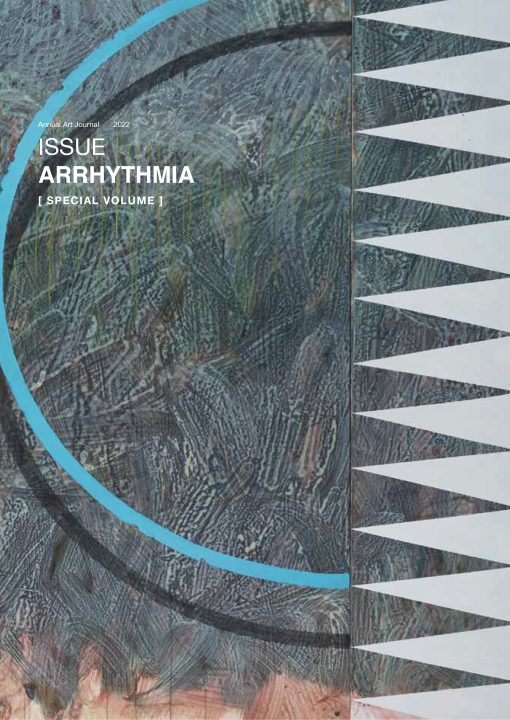Bradycardia is defined as heart rate slower than normal. The normal resting human heart rate is between 60-100 per minute. However, athletes’ hearts may beat less than sixty beats per minute, as their hearts may have been conditioned to do so.
— Cedars Sinai
Knowledge from Narrative
Within a fortnight from the day the World Health Organisation (WHO) declared the Corona Virus 2019 (COVID-19) a pandemic, three professors of the medical school I graduated from succumbed to the virus; one classmate passed away with a mysterious massive thromboembolism. A month later, on my social media feed, the number of frontline casualties who were colleagues or juniors rose until I stopped counting. The international news was dire enough, but what made my fear worse was that I knew the names of the people who lost the fight. The image of wearing a mask to protect others in order to protect ourselves became a ubiquitous meme of altruism in my head. I posted COVID-19 articles from journals in the hope of spreading scientific facts to the community. The process of writing about it seemed to wipe off the survivor guilt that comes when one has left a profession that is now the sacrificial pawn in this morbid game of chess. I thought that I could keep myself and my family away from the effects of this pandemic if I continued supporting my peers. However, more than a year later, the viral contagion was at our doorstep. My father who has Parkinson’s Disease (PD) developed aspiration pneumonia, a usual complication of patients with PD.1 I booked a flight immediately to Manila. Thankfully, my father tested negative for the virus, but we repeated it just to confirm the result as he was a high-risk patient. By that time, I was already serving my quarantine in the Philippines, and when I reached home after the government-imposed sojourn, I was glad to see him. Unfortunately, his condition appeared to have worsened, so I decided to take him to the hospital.
According to Dr. Dayrit in “The Philippines Health Systems Review,” the country, while home to over 104 million people, offers only 23 hospital beds per 10,000 people in Manila alone.2 During the current pandemic, when the hospitals are overwhelmed with the number of cases, getting immediate healthcare was close to impossible. My father and I were firsthand witnesses to this phenomenon. As the only one in the household who was fully vaccinated against the Severe Acute Respiratory Corona Virus 2 (SARS-Cov2), the causative agent of COVID-19, I was the sole individual who could accompany my father to the non-COVID-19 sector of the hospital. So we got ourselves tested again to prove that we did not harbour the virus and so the doctors could attend to us in the Emergency Room (ER). Still, I had to wait 48 hours in the driveway of the hospital, staving off sleep and exhaustion, before a bed became available in the Intensive Care Unit (ICU). What I saw in the news while I was in Singapore became my own reality. I was just fortunate that I belonged to a fraternity of doctors who would not hesitate to help me in my need. But I asked myself ‘what about those who were not as well connected as I was?’ Truly, their situation would have been much worse. My instinct for survival overtook my self-reproach and eventually my dad got better and was discharged on the eleventh day.
What does this personal ordeal have to do with pedagogy? It is precisely this experience that has prompted me to slow down and investigate my own process of teaching, and, in effect, the local educational processes, where the emphasis on acquiring skills and knowledge has been to match the accelerated development of the country.
There are three key-points I want to highlight from this incident.
1 Empathy in Experience
Emotions are the domain of empathy, and empathy is the backbone of emotional intelligence.3 There is abundant evidence that humans remember events, data and situations better with emotion. This just makes sense. Don’t we recall easily the moments we were happiest in our lives or those when we were grieving? Tyng and colleagues, in a study done in 2017, concluded that “emotional events are remembered more clearly, accurately and for longer periods of time than are neutral events.”4 This suggests that emotions play a crucial role in the higher order mental processing of information, such as problem solving and creativity. Sheldon and Donahue, in 2017, further elaborated on the effect of emotions in the retrieval of memories.5 Another article by the Columbia University Irving Medical Center (CUIMC) in 2020, stated that long-lasting memories are tied to intense emotions.

Fig.1 Memorable experiences are key to effective learning.
Building memories is therefore indispensable in learning, and vice versa. For us in education, this means our memorable experiences can and should be a take-off point in the delivery of our lessons. We must diversify ourselves so we can have a range of life experiences to use as narratives for learning, because narratives, by their nature, are repositories of our emotions. This does not mean that we just sit in class and tell stories, it means we have to relate our own experiences to the lessons we have planned for the day. We should not dismiss our own life stories as unimportant in our syllabus, rather, we must use them to make our classes more effective (see figure 1).
Empathy is both a tool and a product. We use it to establish rapport and develop more meaningful relationships within our communities. It is also the result of the constant practice of emotional awareness. We use this tool frequently in our repertoire classes when we have to set an existing piece on our students. We teach them, apprentice-style, the choreography, sharing our personal experiences with the piece, describing what we felt dancing a variation (e.g. from Romeo & Juliet).6 Muscle memory and emotional memory become moulded into the dancer through the transference of emotional experiences, enabling them to have a more empathic journey in the performance. We can apply this to contextual subjects as well. For example, if I were a physics teacher, I can use my experience caring for my dad as a narrative to begin a lecture on levers: how to partner and catch humans more efficiently. The excitement and fear of catching or lifting another human being will surely make them remember the lesson for a long time. The class becomes active and empathic to each other’s roles in the narrative.
Giving real-life scenarios is nothing new, but it is important that we revisit this tool especially now when face-to-face learning has become a luxury. Through narratives and the strong empathic connections they make, our students can better appreciate the significance of education in their own lives. We do not teach only skills in school but instill values in our learners, and values are best taught in an authentic setting, which segues to the next key point.
2 Category and Hierarchy of Values
Primum non nocere is a Latin phrase we often use in the medical profession which literally translates to “first do no harm.” It reminds physicians to be always cautious in the practice of treating patients to make their lives better, not worse. In teaching, we can follow the same principle to encompass values we impart to our students. We regard our students as fully healthy and consider their safety first in their physical, mental and emotional states, so that they can reflect and improve on these aspects in our class. In the current educational milieu of emphasising the acquisition of skill and knowledge, values seem to be last in the pecking order of importance, when, in practice, values should underpin the possession of information and skill.
On their website, “Critical Thinking Web,” Drs. Lau and Chan of the University of Hong Kong categorise human values as either personal, moral, or aesthetic. Personal values are those upheld by an individual (i.e. family first, followed by career, etc.). Moral values are governed by social norms of fairness, well-being and so forth, while aesthetics regard the standards of an art.7 In all these categories there will inadvertently be a ranking of importance for every individual. Our roles as teachers become very significant at this point. We become guides for our students to understand what values they have and how they can organise them.
In dance, aesthetic values take the spotlight. We remind our students to train mobility, strength, and stability simultaneously. We should also train their minds and emotions to equally mirror their skills, so that knowledge, skills and values coexist in a singular event.

Fig. 2 Personal ordeals as source of ideals.
We are able to create art by abstracting from our own personal ordeals and, thus, become more cognisant of the values we practice in the management of these life trials while applying them in the lessons we have for the day (see figure 2). Furthermore, the mind is able to form parallels between seemingly unrelated events in our lives. The choice students make between fulfilling a combination’s spatial requirements vs adjusting to the limited space between their codancers is a simple challenge to their moral values. Do they continue moving expansively, even if it means hitting another person? By bringing these issues to their awareness, we let the students realise how their values affect others. By scaling this moral conundrum to an issue of global survival, we can understand how important reinforcing value systems is in academia.
Thus, I invoke the potential of emotions to elicit a better long-term learning response. The grit I had to muster to keep awake for more than 48-hours in the hospital reminded me of my own hard-headedness in pursuing my friends in a simple game of “catch” during my childhood. Do you still recall the story times we used to have in kindergarten or the games we used to play in preschool?
Emotional events colour our lives. We should use them to make our students remember better. My own hospital tribulations made me find ways to create an environment for myself to safely care for my dad. I can transmute this incident in my improvisation class to make the students find ways to create, even in the absence of equipment or spaces they are used to. I can ask them questions that can reveal their hierarchy of values and make them aware if these values resonate with the principles of “first do no harm.” By initiating this dialogue, I prepare them for the consequences that will follow. They will feel the impact of their decisions regarding something as simple as a movement of the hand in a partnering choreography.
At a time of a global health crisis that challenges our morals and attitudes in life, our domain-specific skills become secondary to our ability to categorise and prioritise our values in relation to our fellow humans. It is even more imperative now for us to focus on values education to prepare our students for the resilience and moral rectitude they need to not merely survive but thrive in difficult times. Perhaps the best example of this can be gleaned from highly trained soldiers during wartime. Faramir, speaking of the battle ahead of his company, the Fellowship of the Ring, said, “… I do not love the bright sword for its sharpness, nor the arrow for its swiftness, nor the warrior for his glory. I love only that which they defend […].”8 This great commander and would-be steward of Gondor extolled the values for which he uses his talents and not the mere display of his combat skills. Freedom, equality, and dignity are only some of the benevolent values that are life affirming, which noble men will die for. But arguably, the most important virtue that will encompass these aforementioned values is empathy. With empathy we become more appreciative of our fellow man’s condition, whether in mirth or in misery.9 It helps us understand each other’s perspective and initiates conversation amidst conflict. Should we not then imbue with these same moral principles the demonstration of skills that we so highly covet in the conservatoire? By narrating our personal journeys and the values they represent, we would have guided our students to educate themselves not only in skill-acquisition but in the ethical decision-making that is required in the application of this skill. In doing so, we prepare our students for whatever trials they will inadvertently encounter in the future within or without the academe. This process is a hallmark of the next and last key-point.
3 Holistic Teaching

Fig. 3 Holistic Education.
Holism can be traced in the educational systems of the Indian subcontinent and the Greeks.10 The goal of holism is to educate the child to become emotionally, physically, and intellectually a well-rounded individual, contributing to society.11 Singapore has already started to shift its approach to learning by incorporating principles of holistic education in its curriculum, outlining its drive to promote active and healthy living and learning.12 While commendable, its spirit still remains to be truly practiced in the four walls of the classroom, or, in this case, outside of it.
Holism puts authentic learning as the benchmark for education: learning with and in the environment while being physically active, e.g. learning while playing, experimenting, etc.13 Then, how come classes begin in the morning with the students seated in the classrooms passively listening to lectures, when they could be outside following the natural circadian rhythms of human hormones (see figure 3)? An opportune time to exercise is in the morning, when cortisol and growth hormone levels are highest.14Physical education usually is sidelined to the afternoon, oftentimes after lunch when the natural processes of the body is to decelerate, to be able to store nutrients in the liver.15 Should we not then reverse the timetable (see figure 4)? Better still, should we not start training our teachers to teach in the outdoors, to use the playground for their lectures? Learning then becomes both a physical and mental activity. In 2016, the WHO stated that over 39% of the adult population is overweight partly due to poor eating habits and lack of adequate exercise.16 Obesity predisposes us to a variety of illnesses, (e.g. COVID-19). Indeed, there is less reason for us to teach our morning classes seated, than to have them on the playground! In this case, the value of experiential learning is not in its narrative, but in its practice. We allow the whole body to learn physically, mentally, emotionally, and socially. We can achieve this by beginning the day with a physical activity that stimulates critical collaboration (e.g. dance-drama in history class), allowing their bodies to rest and store energy after lunch to focus on more contextually creative and less physically demanding work, and by ending their day with a reflective practice (e.g. somatics).
Seeing our students navigate through the technical, personal and social aspects of their skills throughout the day can help us assess their value systems and make them reflect on these, without going against their normal body rhythms. This whole-body perspective to teaching is empowering to both student and lecturer. In the process of teaching, we can reflect on our own experiences and the emotions that they bring about. It provides us a technique to be aware of our feelings without being overwhelmed by them, so that when we teach through the narrative of our experiences, we may do so with a reasonable clarity of purpose.

Fig. 4 Sample of a holistic schedule.
Unlike in the post-industrial-revolution school setting where we segregate the contextual subjects as a domain of the mind and physical education or the arts as a domain of the body, in a holistic class these domains are integrated in a singular experience.17 Mind, body, emotion, community in one. And we should be able to apply this concept not just in the arts, but in the maths and the sciences as well.
Conclusion
I began this discourse with a narrative, I will similarly conclude.
On the fifteenth day of my quarantine in Singapore, I noted my resting heart rate dip to 52 beats per minute. I still have a dancer’s heart. The solitude and the challenges I recently faced in the hospital made me slow down and recall my own learning journey as an aspiring physician: being thrown into the ER and the clinics, applying what we have learned from the lecture halls. What I remembered most were the times I had to face the patients: delivering babies, inserting intravenous lines, being guided by our senior doctors. But 2021 found me on the opposite side of the fence, I became a patient (or, at least, the caregiver). It made me empathise more with those who sought help from us. It reinforced the concept that the best types of learning are those we carry on throughout our lives—the most memorable ones being those which have triggered strong emotional responses from us.
Like the food that nourishes our bodies, emotional information needs to be processed to ensure its effective delivery and safe application. Our food does not go directly from our mouth into our cells, because the molecules need to be packaged first before they can be utilised in the target organs, so does the information we give our students. Knowledge becomes more easily accessible and useful if it is wrapped in the events of our own life narratives. This does not mean that all our classes need to be sweat-inducing endeavours, but it means that we take the students away from their chairs and on their feet more, to be quick and active in learning.

Fig. 5 Somatic movement to end the day.
The ideas presented here are perhaps already inherent in our daily pedagogic practice. I am simply bringing awareness to these processes so that we may properly utilise them in our classes and make the most of the learning journey of our students.
My personal travails have made me realise that there must be some overhaul in the way we teach and how we schedule our lessons for this well-rounded approach to education to happen.
We can slow down to tell our own stories to derive quality information from them by: starting the day with physical activities inspired by narratives; allowing the body to go through the natural processes after lunch to focus on more contextual problem-based work as their bodies store fuel; ending the day with a method for self-reflection and wellness (see figure 5). We would have then transformed our learning spaces into a microcosm of the real world, making our instructions more empirical and humanistic in the process. In this way, we engage our students holistically and empathically through the values we have shared from our own life experiences.


